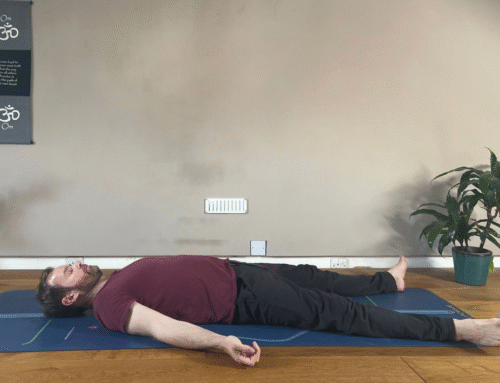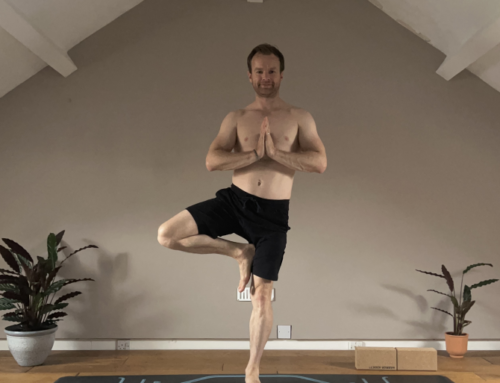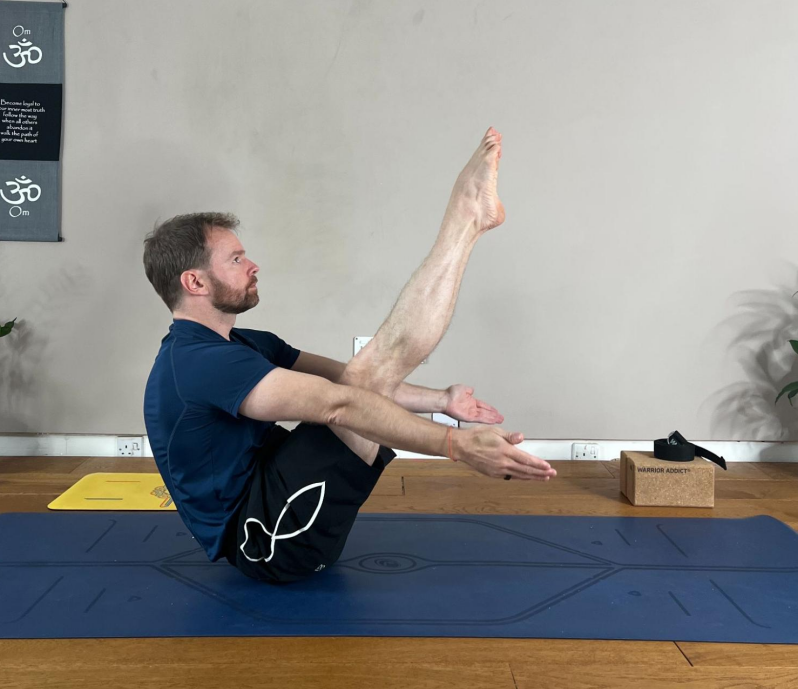
Elevate Your Practice with Boat Pose (Navasana): Steps, Benefits, and Variations
I’m Dav Jones, a senior yoga teacher and teacher trainer. In this blog, we’ll explore the depth of Boat Pose (Navasana), a foundational posture in yoga for building strength and stability. Together, we’ll uncover its benefits, examine the muscles it engages, and discuss essential preparatory poses. Step-by-step, I’ll guide you through the posture, provide helpful modifications, and outline advanced variations. Let’s dive in and learn how to master Navasana safely and effectively, enhancing your yoga practice. Let’s get started!
What Is Boat Pose?
Boat Pose, or Navasana, is a seated yoga posture that challenges the core, hip flexors and quadriceps group. This posture fosters concentration, balance and creates strength.Its shape mimics a boat floating on water, symbolizing strength, stability, and grace.
Navasana Translation
- Sanskrit: Navasana
- Pronunciation: Nah-vah-suh-nah
- Meaning: “Nava” translates to “boat,” and “asana” means “pose.” Together, they describe the body’s V-shaped formation that resembles a boat, embodying balance and power.
Benefits of Navasana
Boat Pose offers a myriad of physical and mental benefits, making it a favourite in yoga sequences:
Physical Benefits:
- Strengthens Core Muscles: Engages rectus abdominis, obliques, and deep core abdominals..
- Improves Balance and Coordination: Challenges stability due to the tricky balance required through the buttocks.
- Enhances Spinal Health: Promotes postural benefits and helps to create strength..
- Boosts Digestion: Stimulates abdominal organs, aiding digestion and metabolism.
Mental and Emotional Benefits:
- Sharpens Focus: Holding the pose requires mental clarity and concentration.
- Builds Confidence: Achieving stability fosters a sense of empowerment.
- Calms the Mind: The balancing component promotes mindfulness and connection to the breath.
Preparatory Poses for Boat Pose (Navasana)
Before attempting Boat Pose, warm up with these preparatory poses.
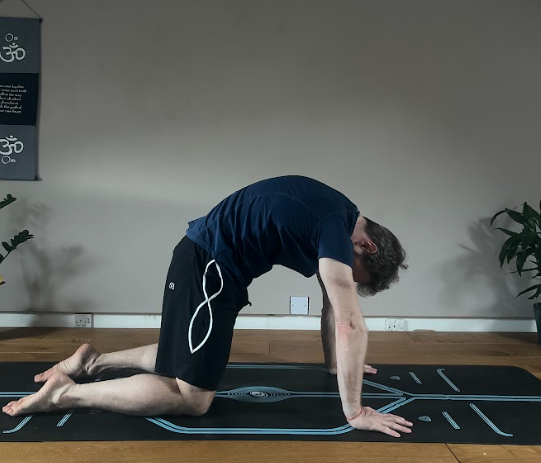

- Mobilises the spinal column and creates increased blood flow through the body.
- Can help to promote more efficient muscle activation in prepapration for Boat Pose.
2. Kneeling Lunge (‘Quad’ stretch)
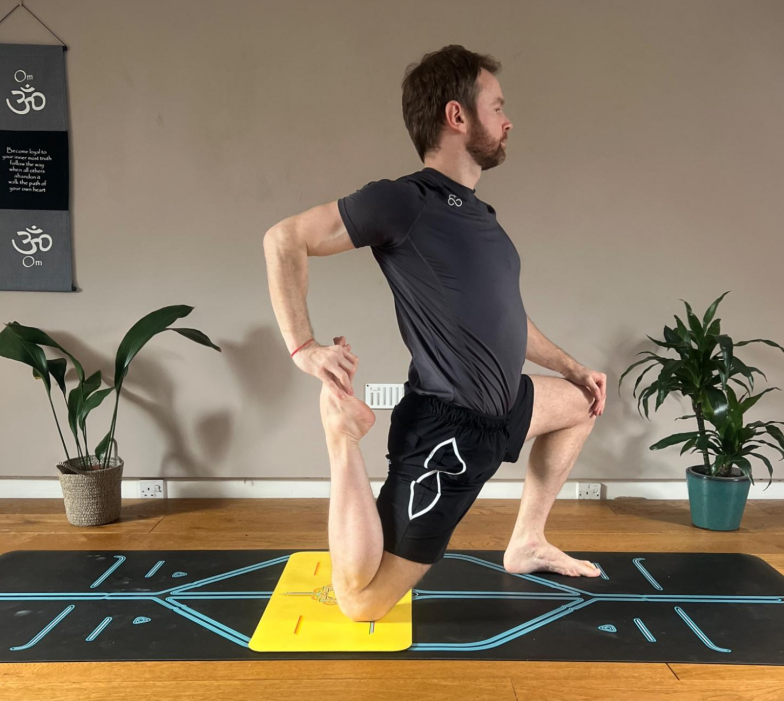
- Stretches the Quadriceps (thigh muscle) group and hip flexors in the rear leg/hip.
- By lengthening the quadriceps muscles can help to promote efficient muscle contraction which is required in Boat Pose.
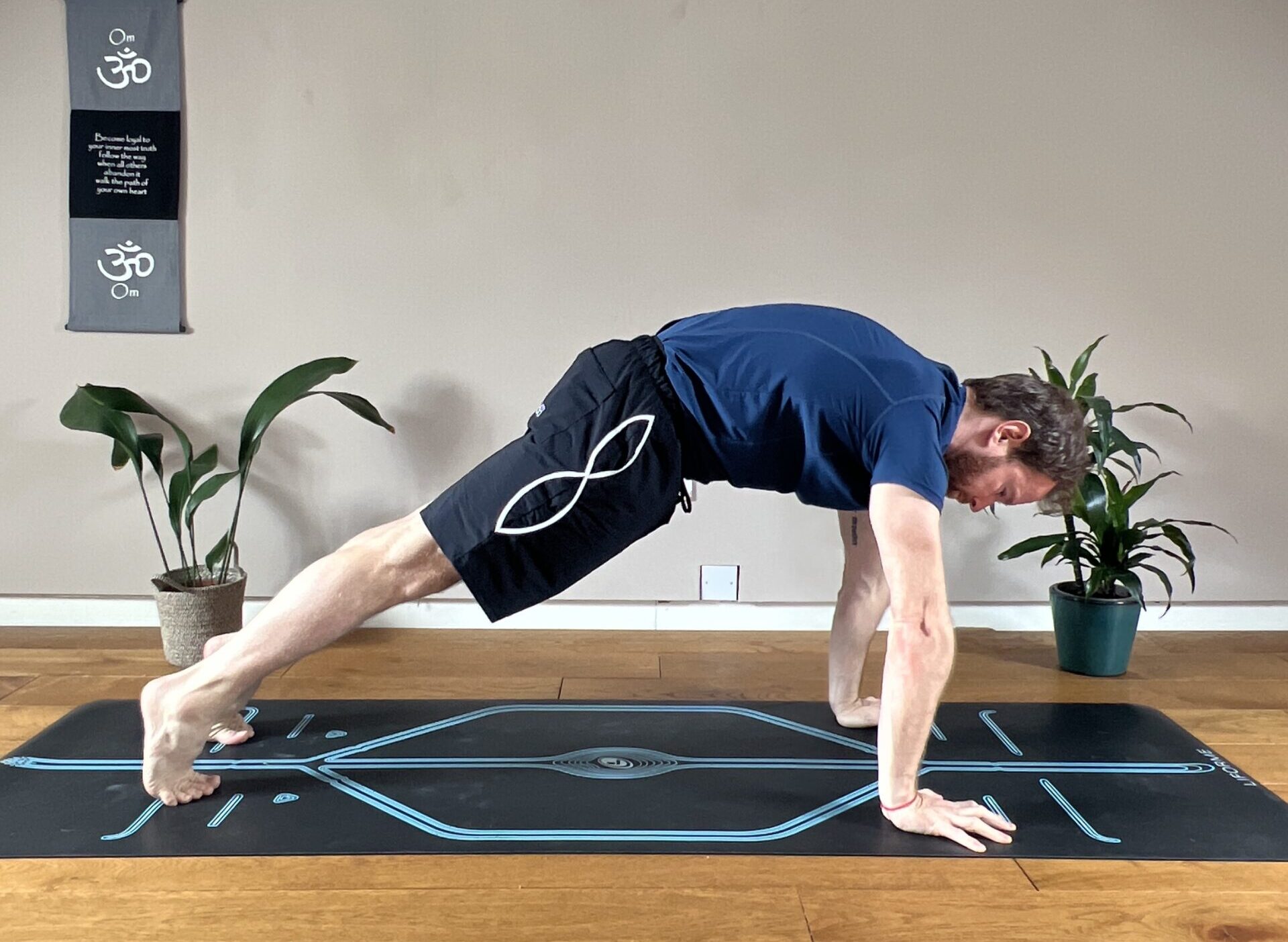
- Strengthens arms, shoulders, and core, building a solid foundation.
- Contracts/shortens the muscle tissue through the anterior (front line) body. Great preparation for Boat Pose.
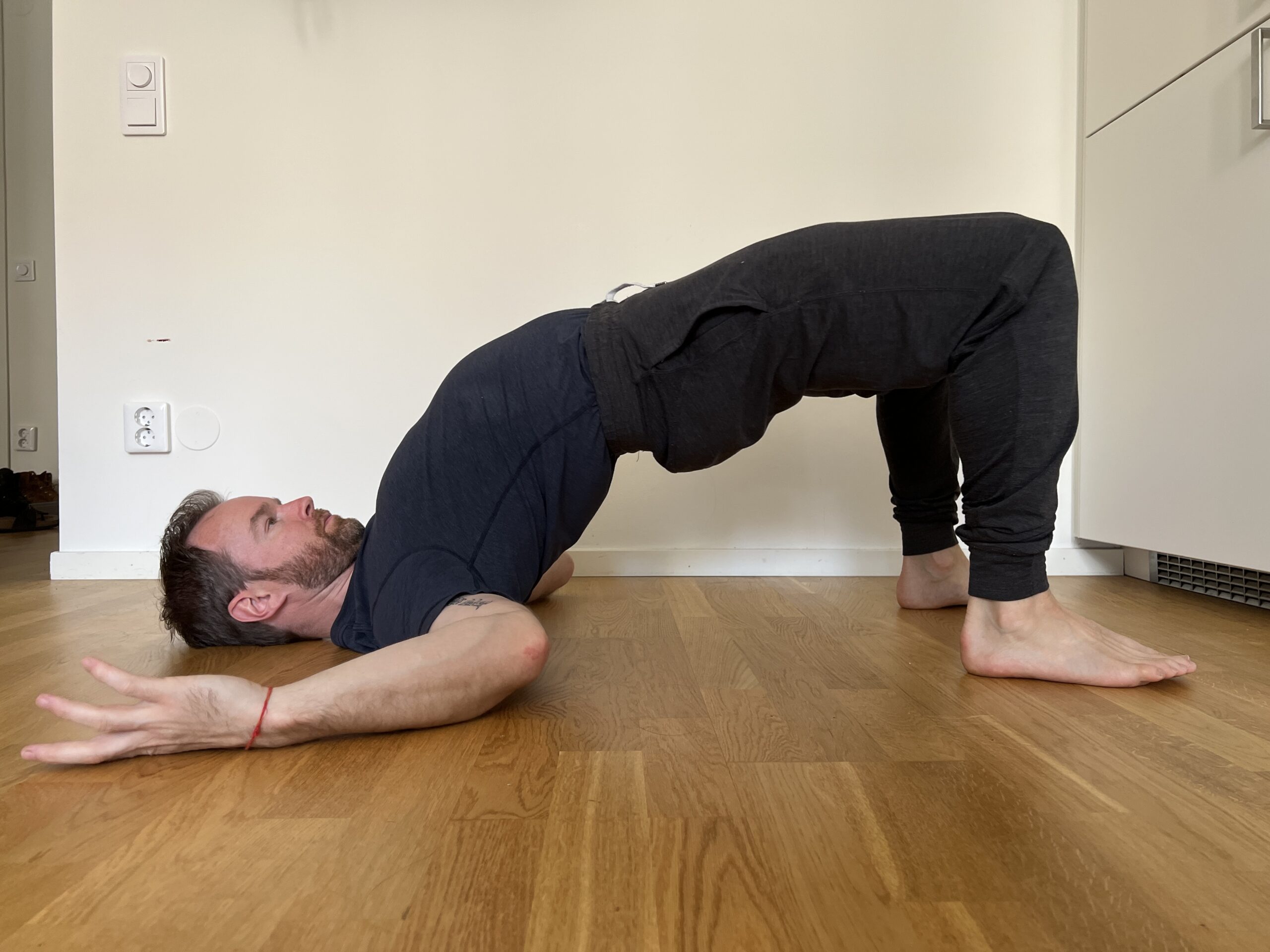
- Activates the glutes and stretches the hip flexors, preparing the lower body.
- Lengthens the anterior body which will help to support more efficient muscle contraction during Boat Pose.
Step-by-Step Guide to Performing Boat Pose (Navasana)

Level: Beginner to Intermediate
Boat Pose requires strength, focus, and balance. Follow these steps to safely achieve and hold the pose.
1. Begin in a Seated Position
- Sit on your mat with a bend in your knees and the feet on the floor.
- Place your hands at the backs of the thighs supporting your hamstrings area of the legs.
2. Flex your Spine
- Lean your weight back, feeling the weight at the back edge of your ‘sitting bones.’
- Keeping your hands supporting the backs of the leg, slowly lift your feet off the floor keeping a bend in the knees.
3. Improve your Balance
- Engage the muscles of your pelvic floor. Feel your ‘sitting bones’ draw towards each other.
4. Explore Releasing the Support of your Hands
- Once stable, play with releasing the hands.
5. Play with Extending One Leg, then the Other, then both at the same time…
- Gradually play with straightening through one leg at a time.
- If you’re feeling ready, extend both knees at the same time.
Modifications and Variations for Boat Pose
Adapt Boat Pose to suit your practice level with these helpful modifications:
Other Boat Pose Options:
- Boat Pose with a Yoga block between Inner Thighs
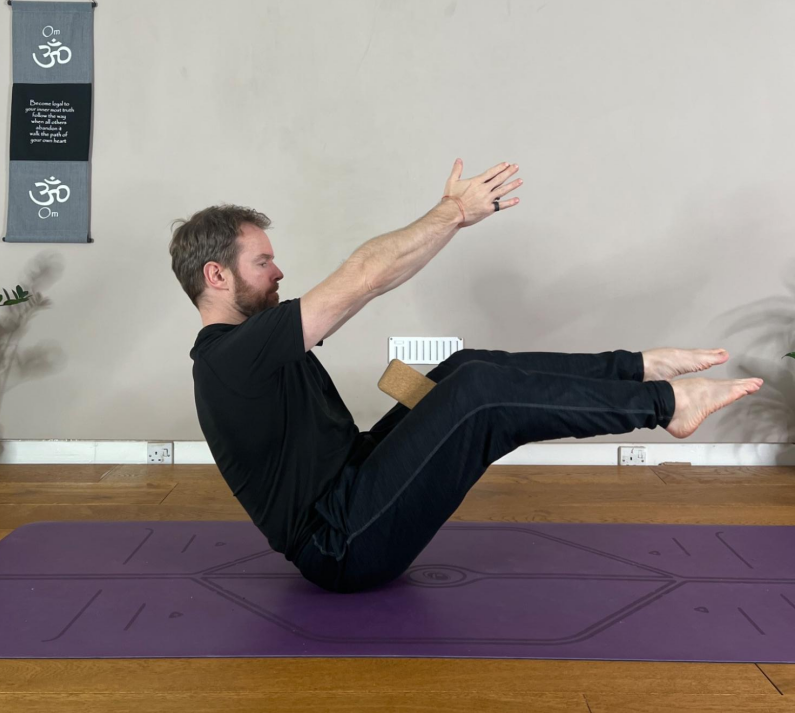
- Start with bent knees and whilst hugging the block with your inner thighs, play with extending one leg at a time.
- Support yourself by Grounding the Hands
- Place your hands on the floor behind you to stabilize yourself in the pose. This takes out the added challenge of the balance and gives the practitioner an opportunity to build strength and endurance through the hip flexors, abdominals and legs.
- Use a Yoga Strap
- Wrap a strap around your feet to assist with lifting your legs.
More Challenging Variations:
-
Twisted Boat Pose
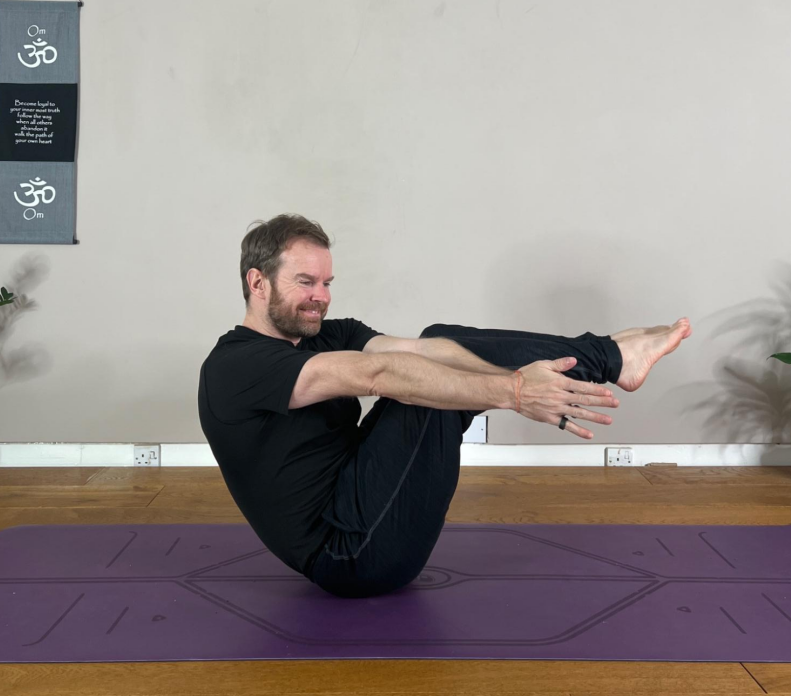
Add a twist by rotating your torso to one side, and place both knees to the outside edge of the opposite arm. This effectively engages the obliques.
2.Weighted Boat Pose
Hold a yoga block or add weight to your ankles and or wrists to intensify the challenge of the pose.
| Level | Modification/Variation | Focus Area |
|---|---|---|
| Beginner | Bent Knees or Hand Support | Stability and Balance |
| Intermediate | Straight Legs | Core Engagement |
| Advanced | Twists or Weighted Boat Pose | Strength and Coordination |
Anatomy: Muscles Engaged in Boat Pose
Understanding the anatomy of Boat Pose can help refine your technique and maximize benefits:
- Abdominal Muscles: Rectus abdominis, obliques, transverse abdominis.
- Hip Flexors: Psoas major, Iliacus, Rectus Femoris.
- Spinal Stabilizers: Erector spinae, multifidus.
- Leg Muscles: Quadriceps.
Maintain Consideration when Practicing this pose if….
- You Have Lower Back Pain: Depending on the type of back pain you have, seek professional advice from a physiotherapist prior to practicing.
- You’re Pregnant: Avoid poses that heavily engage the core.
Final Thoughts
Boat Pose is more than a physical challenge—it’s a journey of strength, balance, and concentration. With consistent practice and the right modifications, you’ll cultivate both physical and mental resilience.
For more personalized guidance, join the Dav Jones Yoga Patreon Channel, where I have a library of classes for practitioners of all levels. For a more in-depth personally guided approach check the DJY Mentorship programs for tailored commitment to find guidance with your yoga practice.






